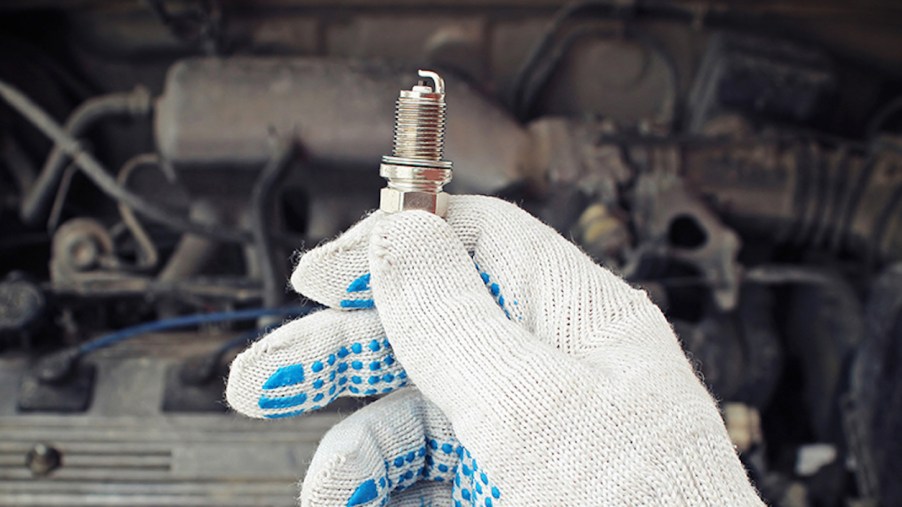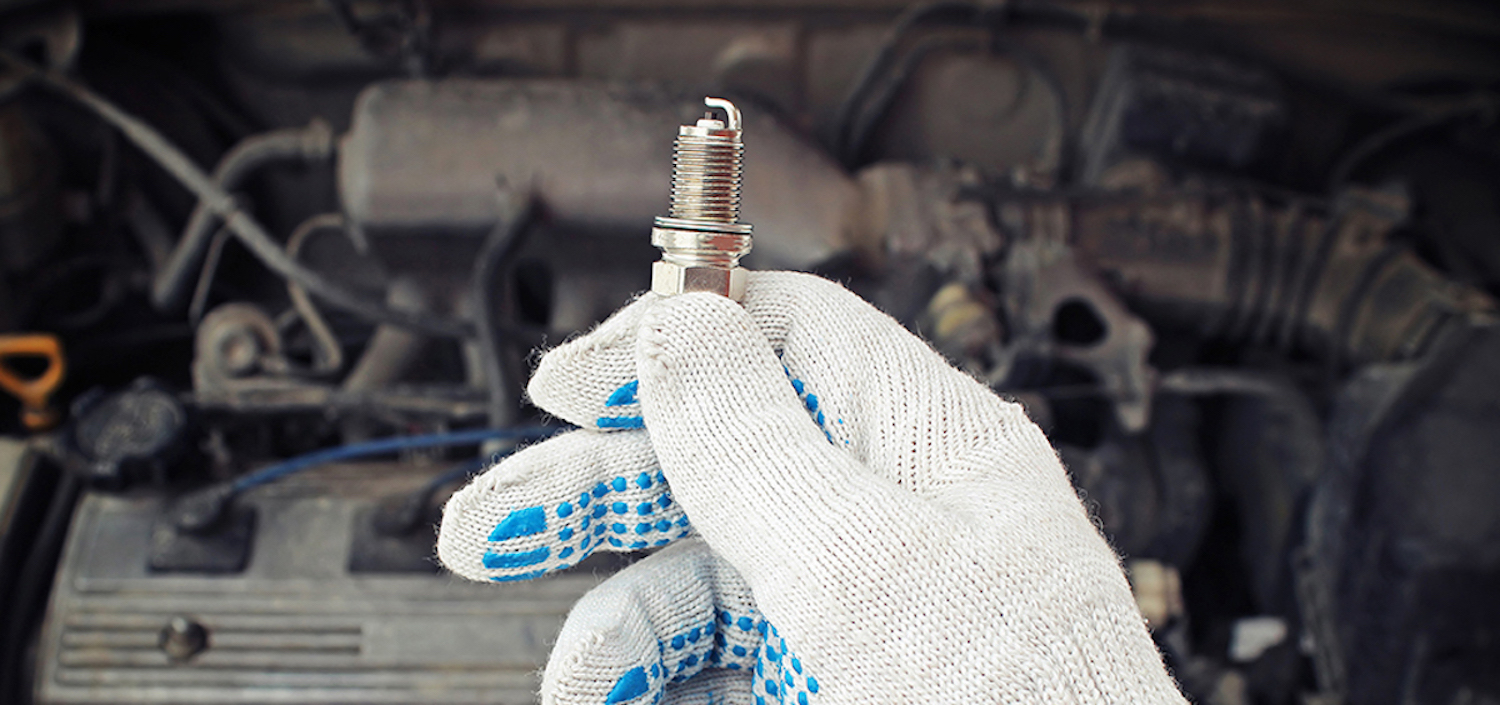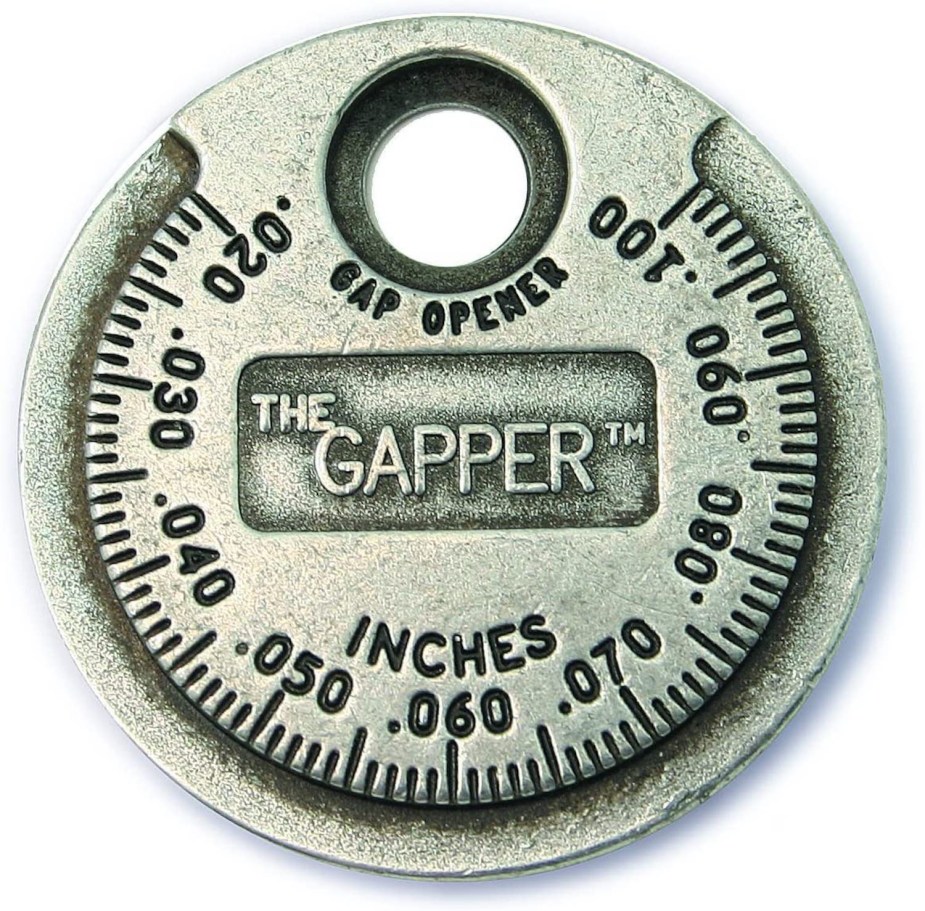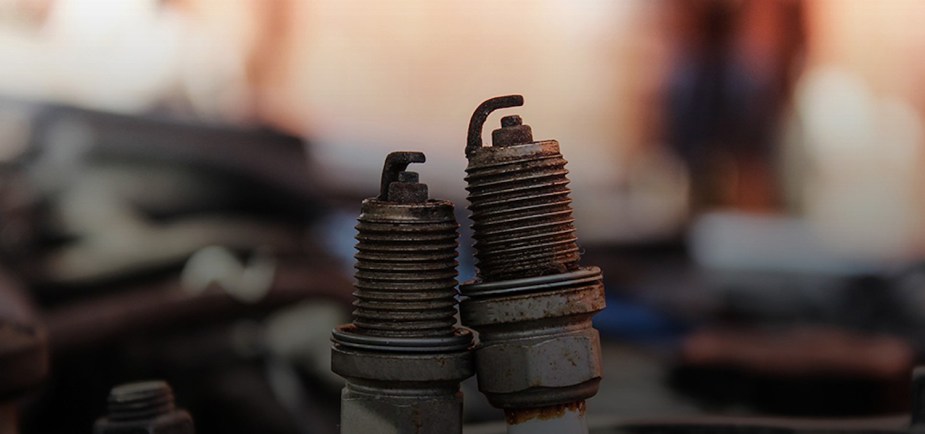
How To Clean and Re-Gap a Spark Plug
It is important to examine your spark plugs during vehicle maintenance. And because spark plugs are relatively inexpensive, you may choose to replace your spark plugs often. But at the least, regularly cleaning a plug’s electrodes and adjusting the gap between electrodes will improve how your engine runs. As a bonus, the condition of your plugs may reveal the condition of your engine–but more on that later.
Why do your spark plugs need to be clean and gapped?
Clean spark plug electrodes will create a stronger spark. In addition, having the correct gap between your spark plug electrodes ensures that the spark lasts as long, and is as strong, as your engine manufacturer intended. Both measures improve how well your engine runs.

Your spark plugs’ electrodes protrude into the top of each cylinder of your internal combustion engine. Life in this combustion chamber is hard, and over time soot and other deposits coat these electrodes. This coating impedes the flow of electricity and weakens the spark.
In addition, the metal of these electrodes actually shrinks slightly over millions of combustion cycles. This changes the gap between the electrodes–usually increasing the distance.
A wider gap means a longer duration of spark, but a weaker spark overall. This may prevent the engine from effectively combusting all the air/gas mixture in its cylinders. A narrower gap can be just as problematic by preventing the spark plug from firing at the proper moment in the combustion cycle.
How do you clean and gap a spark plug?
To clean and gap your spark plugs you will need the correct socket to remove your plugs, a soft wire brush to clean the electrodes, and a special spark plug gapping tool which is available at auto parts stores for a couple of bucks.

Whether you are servicing a lawn mower, boat engine, or motor vehicle, the concept of cleaning and gapping a spark plug is the same. You must first remove each spark plug. I like to rotate the spark plug wire slightly before attempting to pull it free of the plug. Then you simply use a spark plug socket or deep-well socket to unscrew the plug as if it were a bolt.
I always note the condition of each spark plug and which cylinder it came out of. On a multi-cylinder engine, I remove one plug at a time, examine it, clean it, gap it, reinstall it, reconnect the wire, and then move on. This leaves zero chance of my connecting a plug wire to the wrong cylinder.
You’ll find a central electrode and an L-shaped side electrode across from it. Cleaning your spark plug electrodes is as simple as gently removing any deposits from the metal with a soft wire brush. You want to pay special attention to the surfaces of the two electrodes closest to one another. But be very careful with the delicate, central electrode.
Next, you’ll use a spark plug gapping tool to double-check the distance between the electrodes. You can also use this tool to bend the L-shaped “side” electrode and adjust this gap. You’ll either gently press this L-shaped electrode toward the center electrode or gently pry it away.
You can see a demonstration of adjusting spark plug gaps in the video below:
Is it a good idea to re-use worn spark plugs?
Always follow your engine manufacturer’s suggested service interval for spark plug replacement. In addition, if your center electrode is worn all the way down, it is time to replace your plugs, regardless of how many miles they have. Finally, if you cannot clean your plug’s electrodes you’ll need new plugs and to look into engine problems. Otherwise, you can choose to re-use.

Because spark plugs are such a critical engine component, and they are much cheaper than other car parts, most vehicle owners choose to install new spark plugs whenever they remove and examine the old ones. Other DIYers prefer to clean and re-gap old plugs until they are truly worn out.
If you do choose to install brand-new spark plugs yourself, make certain to also buy a plug gapper tool and double-check your electrode gap. Because not every vehicle uses the same gap, a brand-new plug may not be properly adjusted for your engine. You can find the proper gap in your vehicle’s owner’s manual or repair manual.
Next, read about your spark plug condition and state of your engine or watch Briggs & Stratton’s video on spark plug removal, service, and maintenance below:



